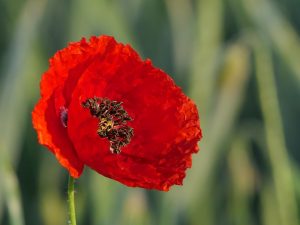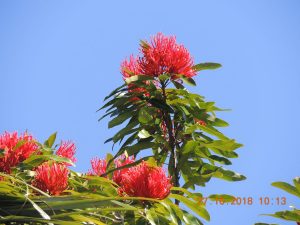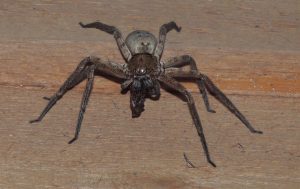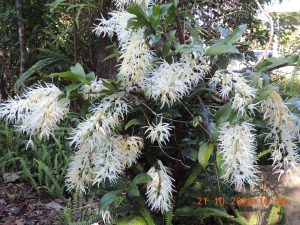Even the editors at Paluma.org can’t resist the odd attention grabbing headline (or click bait as it is now called) …….

Last week saw the famous Anagama wood-fired kiln blaze into life at the Paluma Pottery on Lennox Crescent. Len Cook, our local award-winning Pottter, spent the last several months making hundreds of pots of various sizes and shapes, in preparation for the annual wood firing.

The process started last Monday evening (October 29) at 8pm and finished exactly 100 hours later at midnight on Friday. Prior to the start of the firing the lower part of the shelter that houses the kiln was chocked full of firewood, mostly pine and black wattle from the blocks at Hussey Road. By Friday most of the wood had been fed into the kiln, producing temperatures in excess of 2,000 degrees in the front part of the kiln. Continuous stoking of the fire was needed to maintain the temperatures that allow the wood ash that constantly flows over the pots to melt and form a wonderfully variable glaze on the pots. Len, together with Kelly Davis and Jamie Oliver worked shifts feeding the kiln, monitoring temperatures and making the odd adjustment to airflow vents and shutters.

Each time new wood was added (about every 15 min, 24 hours a day) the chimney would produce billows of smoke and fire, which was particularly impressive at night.
The kiln is currently in cool-down mode and Len will not know what the results of this year’s efforts have been until later this week. But given the wonderful results from previous firings, there should be some spectacular pieces.
More pictures:










 This small evergreen tree grows to a height of 6m to 10m. It is from the myrtle family and is endemic to New South Wales and Queensland. This particular specimen was planted in the early 1990’s (in 1993 or 1994) by long-time Paluma resident Kelly Davis. The trunk of this tree has thick sheets of papery bark. The flowers are a major attractant for bees, butterflies and birds.Unfortunately, the spectacular display of the ‘Snow in Summer’ will not last long; already some of the blooms are browning in the tropical heat.
This small evergreen tree grows to a height of 6m to 10m. It is from the myrtle family and is endemic to New South Wales and Queensland. This particular specimen was planted in the early 1990’s (in 1993 or 1994) by long-time Paluma resident Kelly Davis. The trunk of this tree has thick sheets of papery bark. The flowers are a major attractant for bees, butterflies and birds.Unfortunately, the spectacular display of the ‘Snow in Summer’ will not last long; already some of the blooms are browning in the tropical heat.





